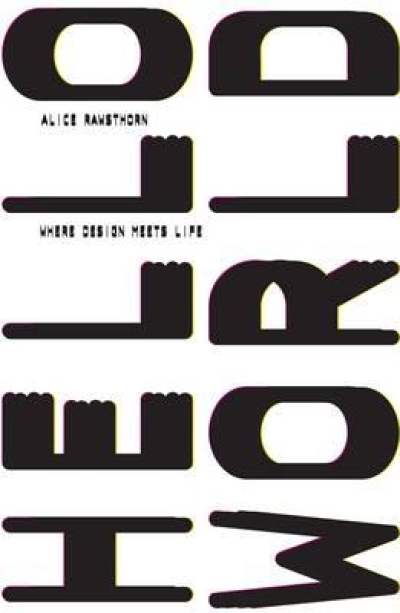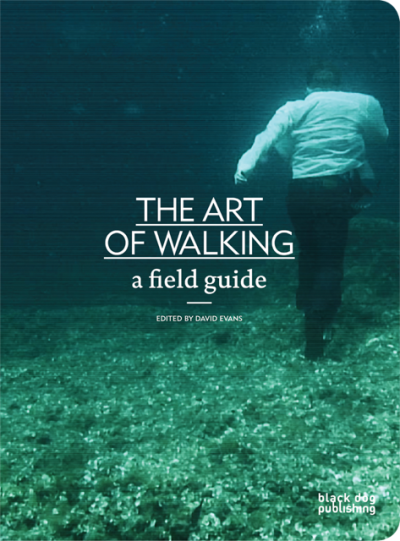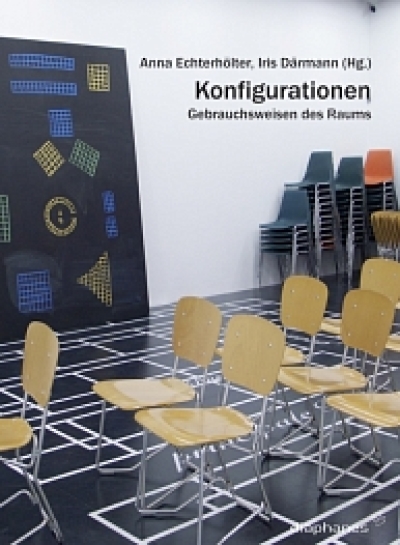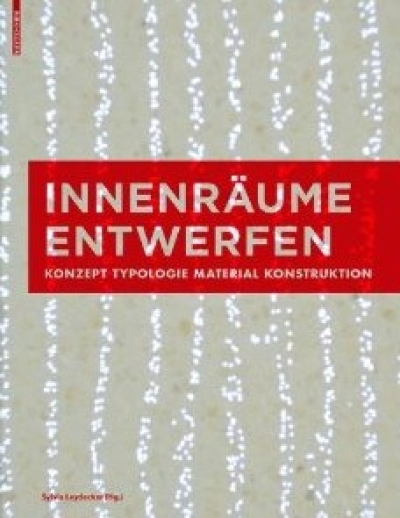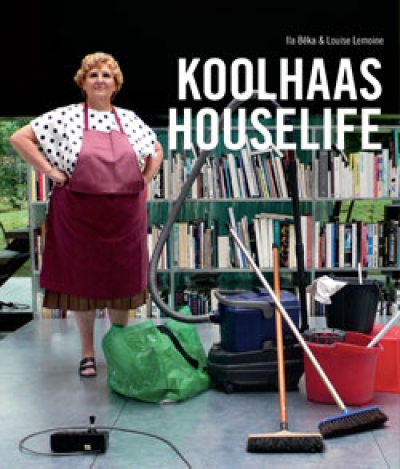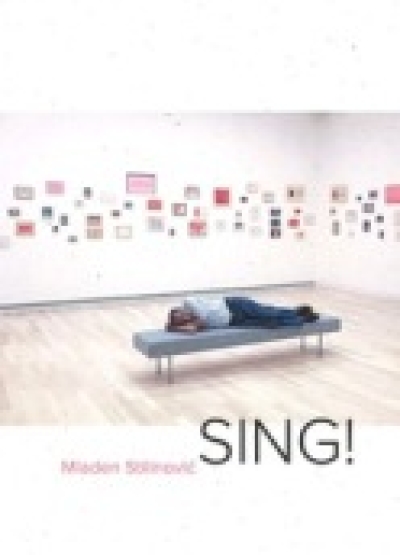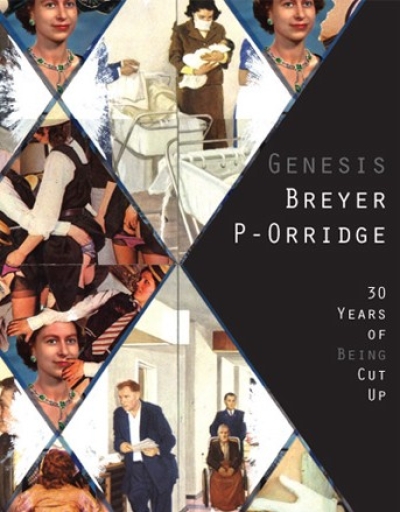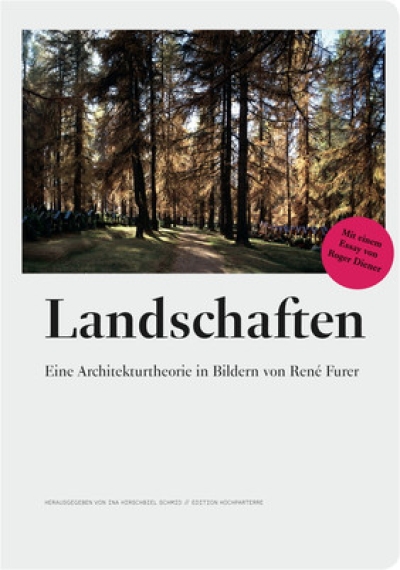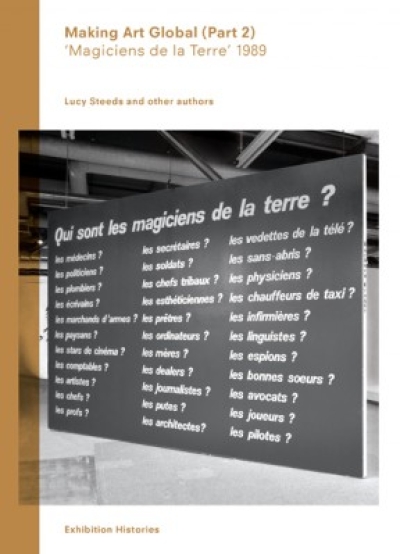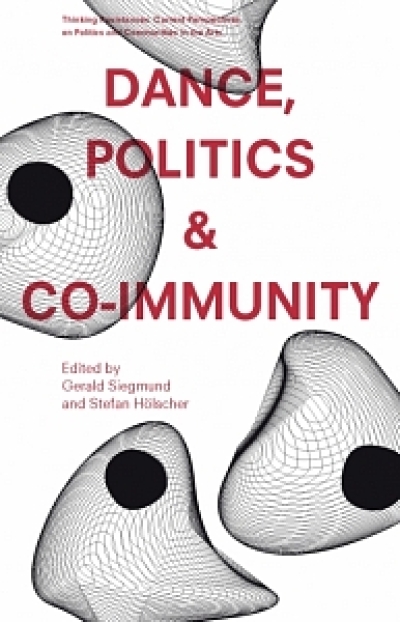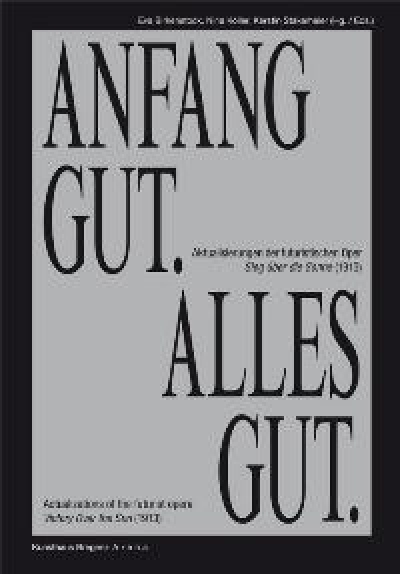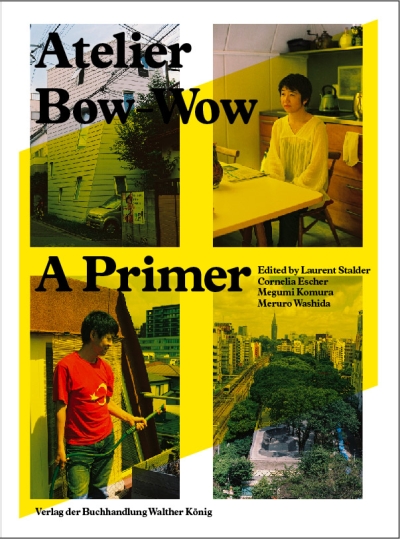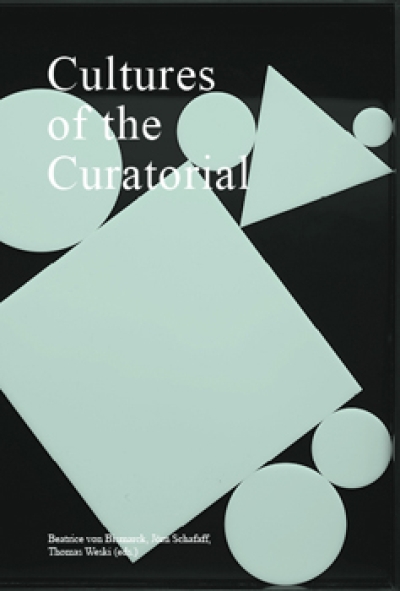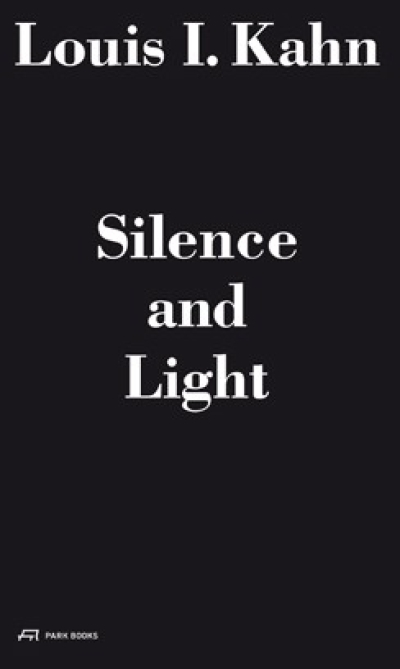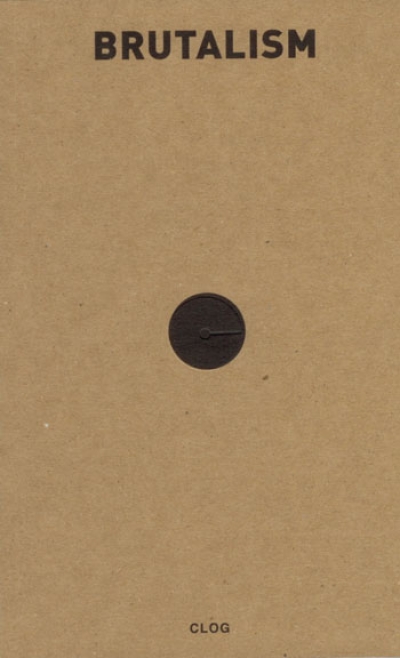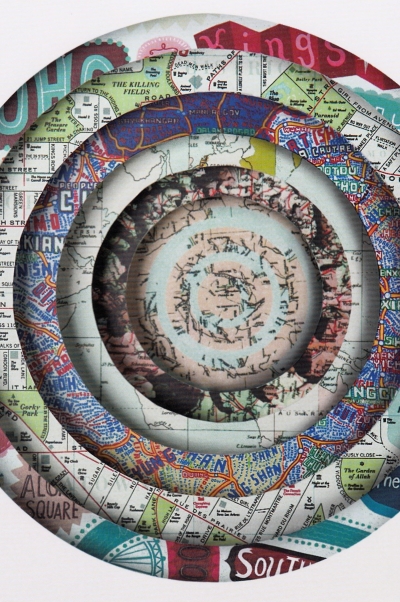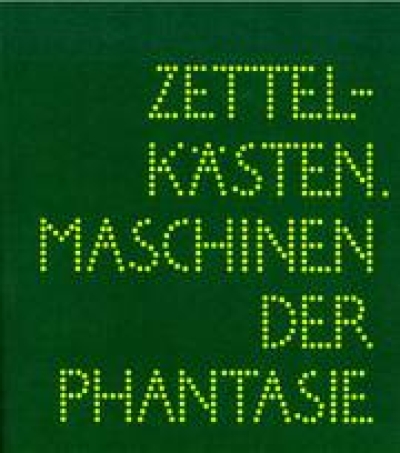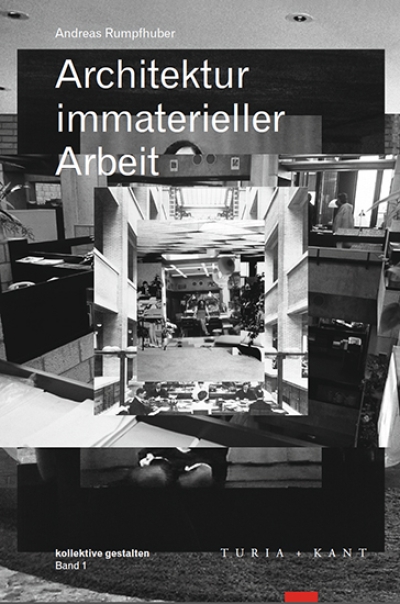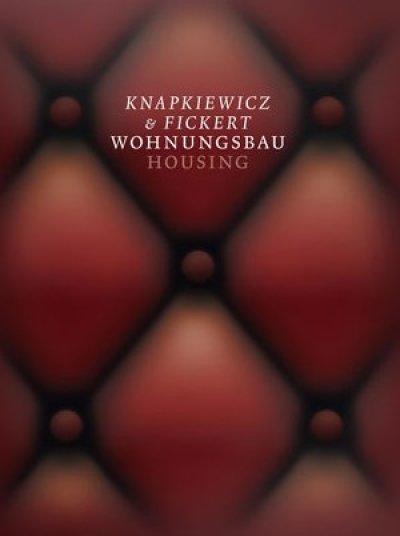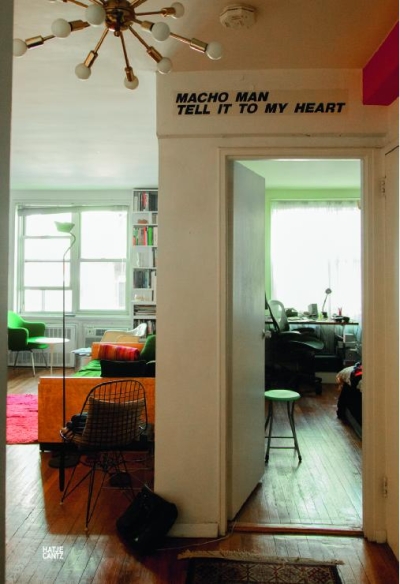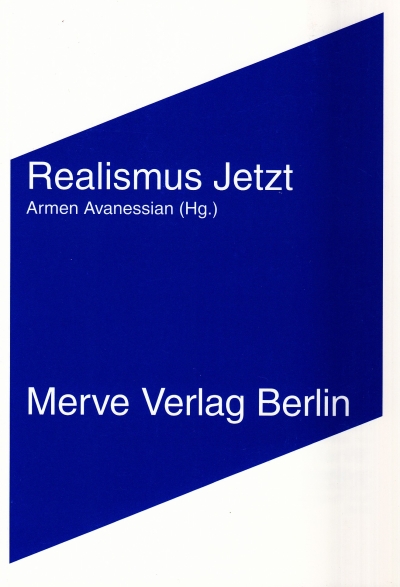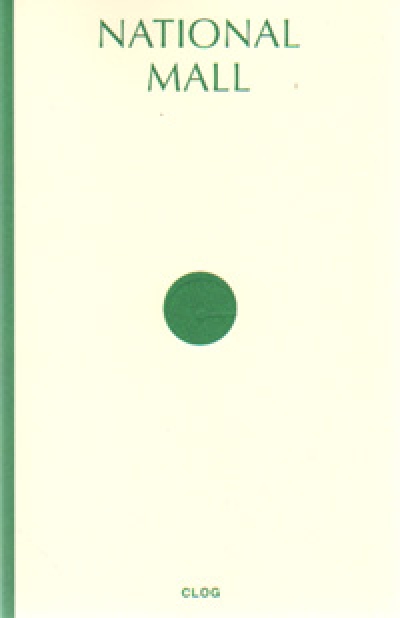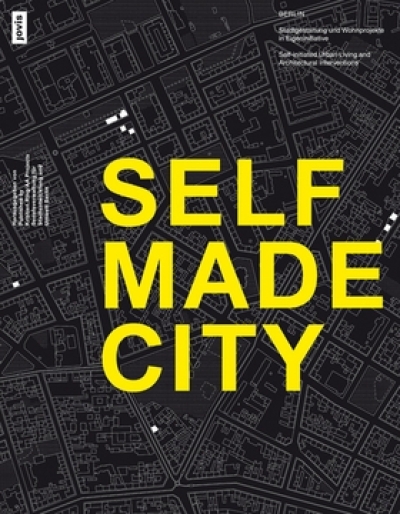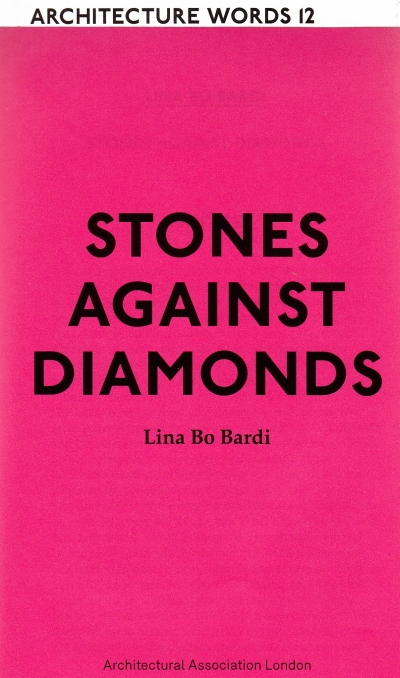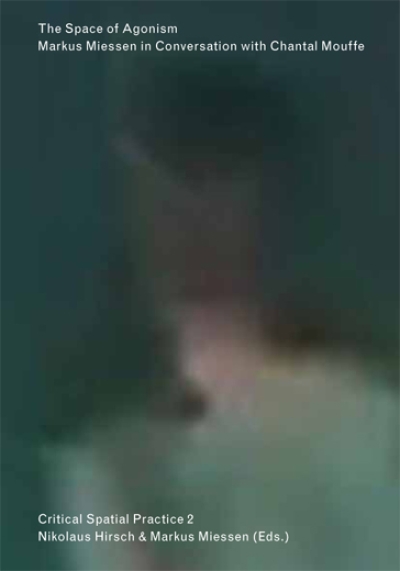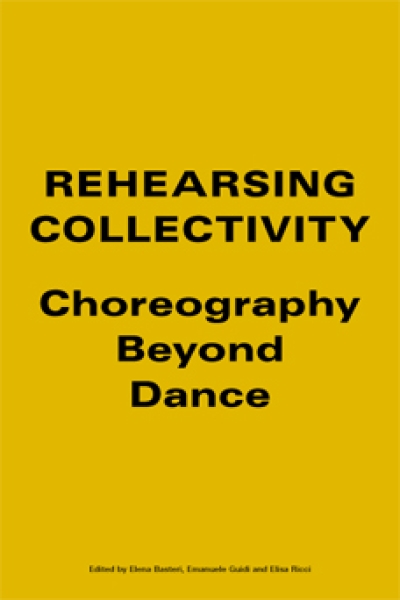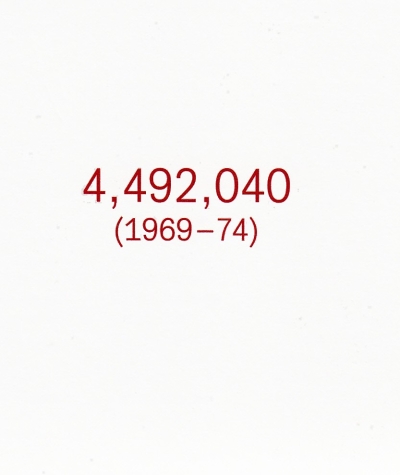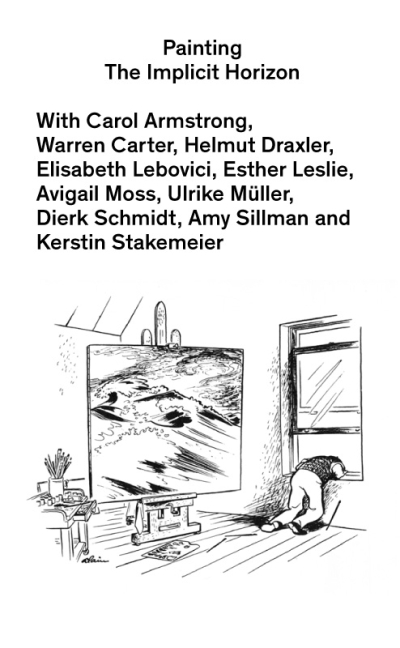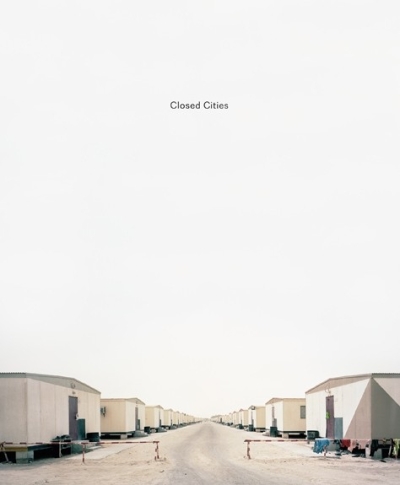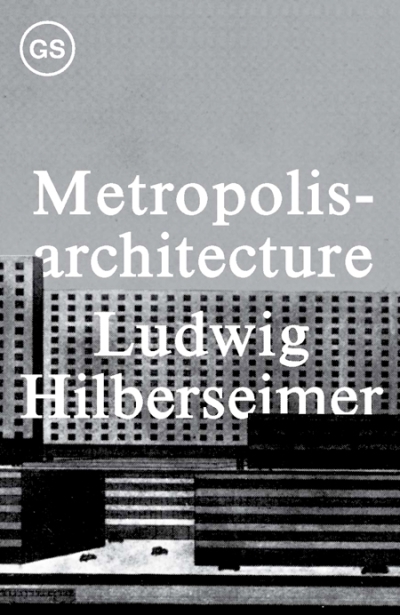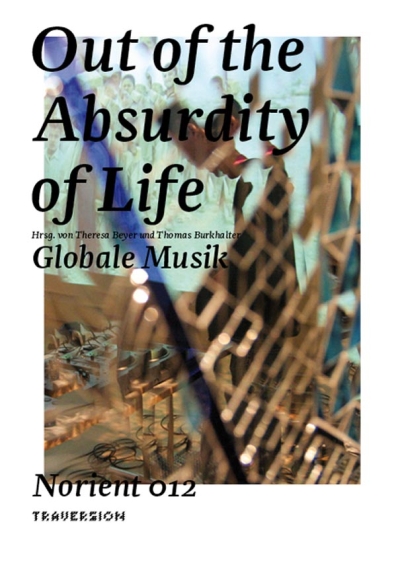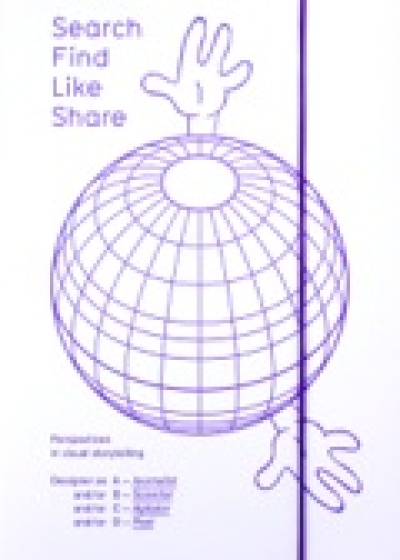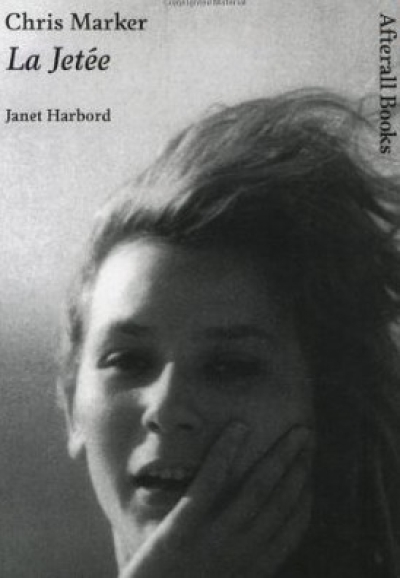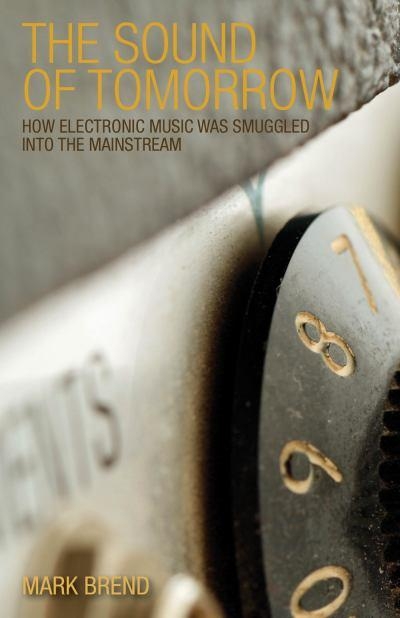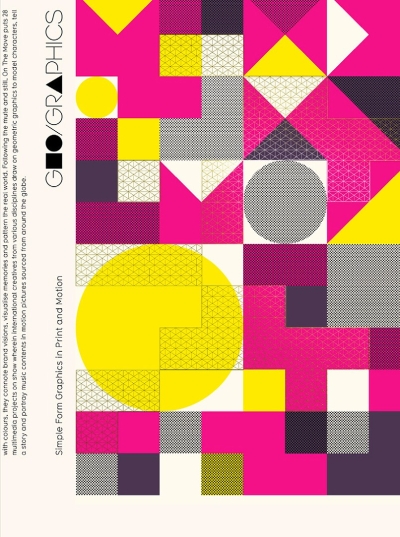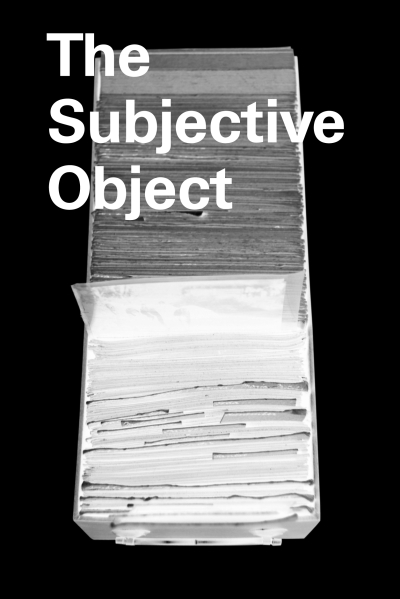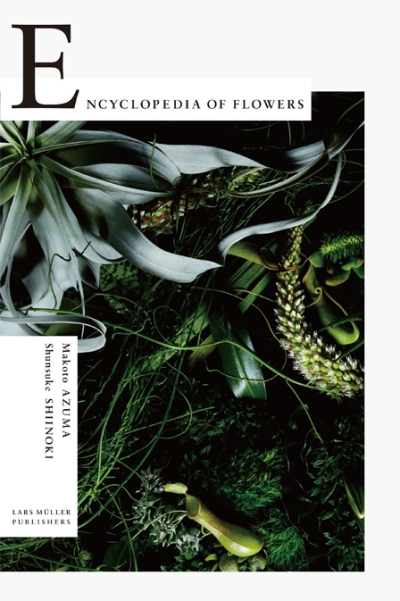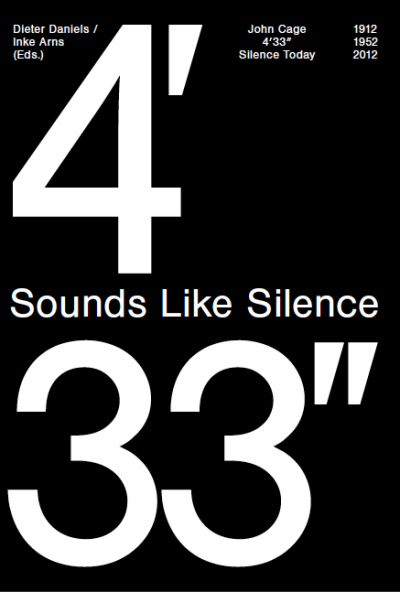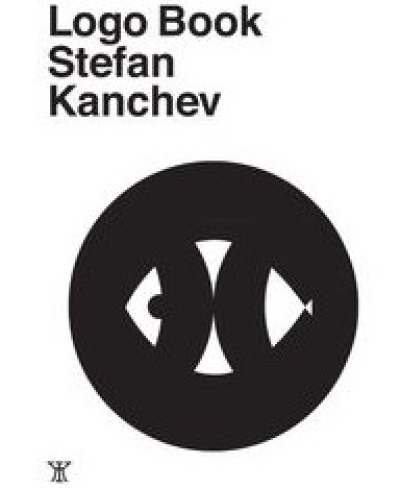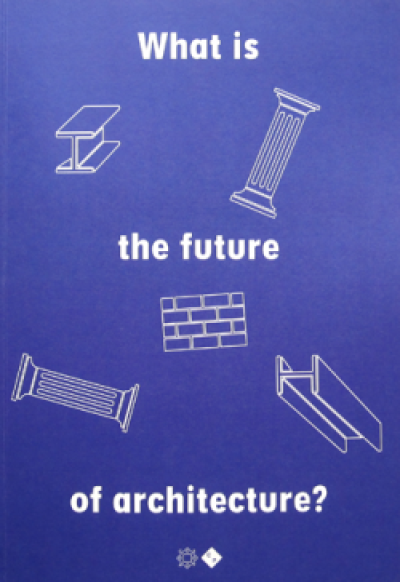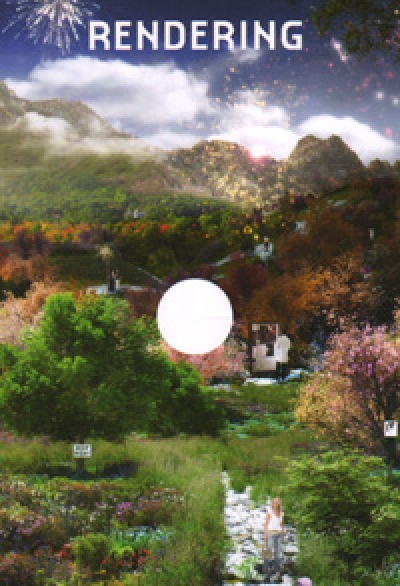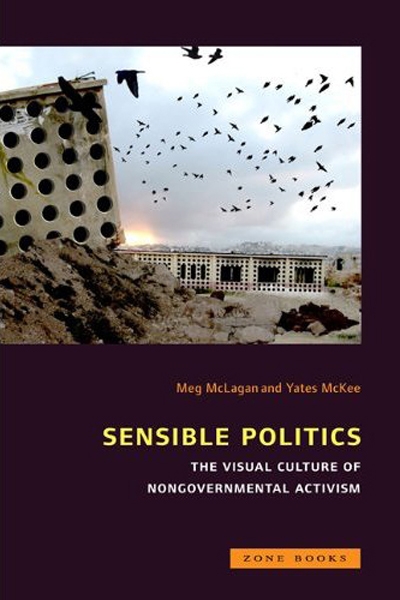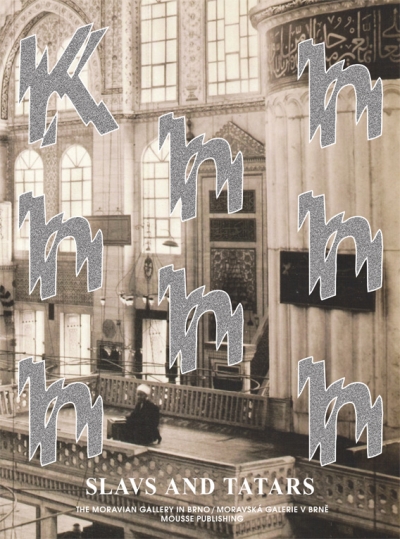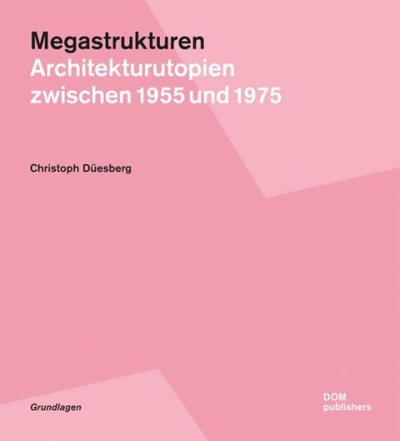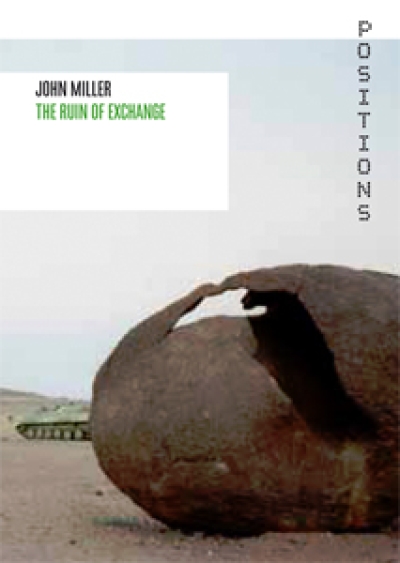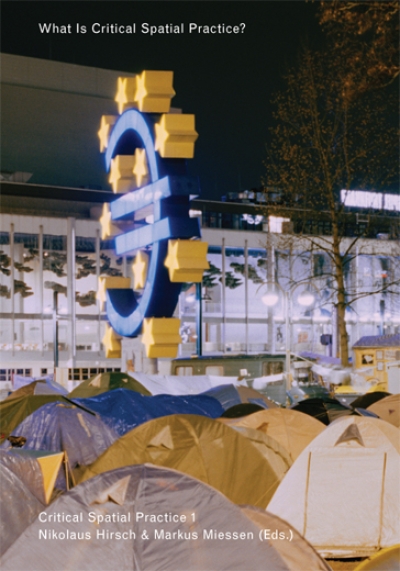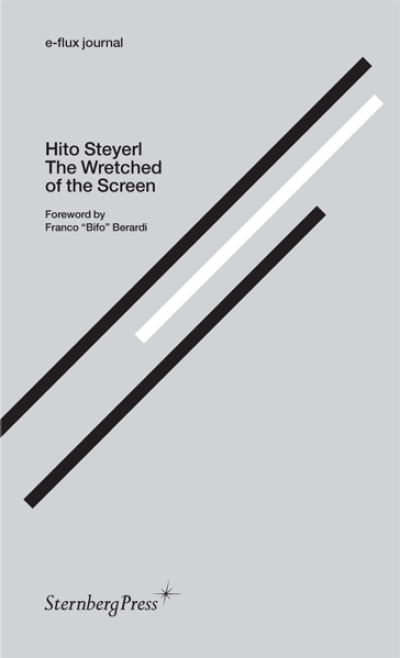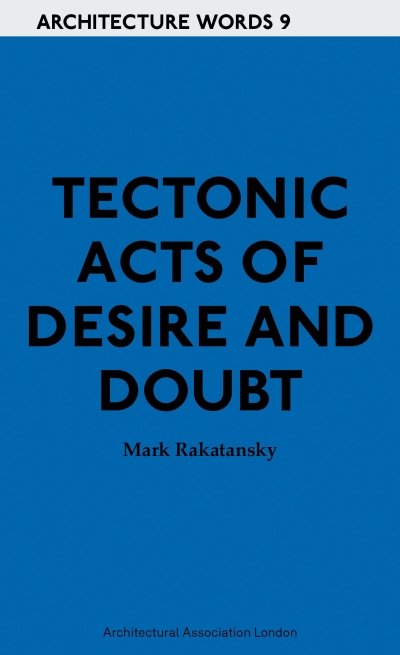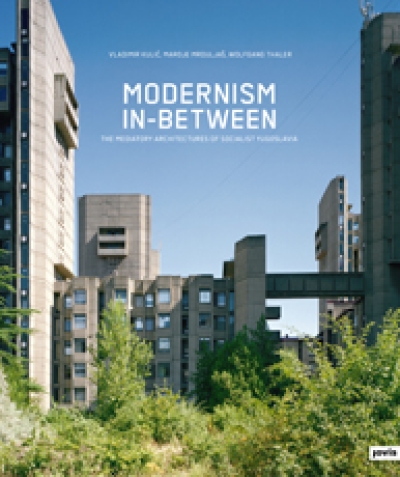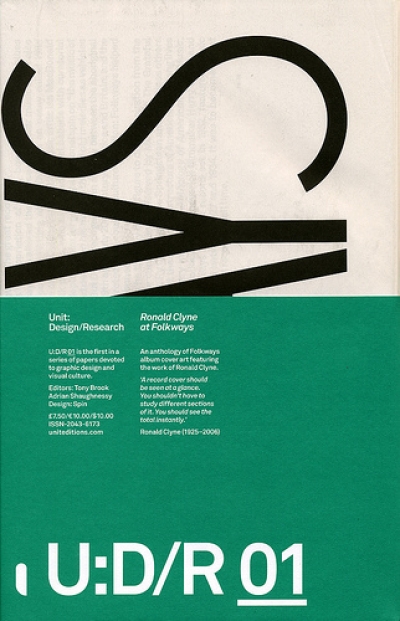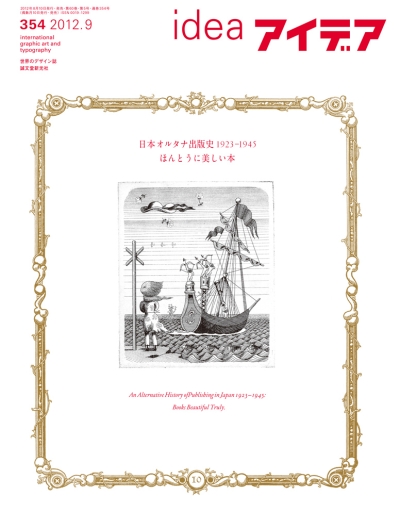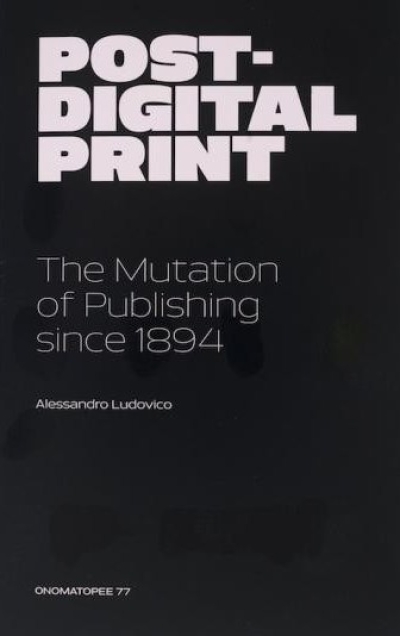
Das neue Grab
Hier die Architektur des Grabmals, dort die lyrische Totenrede: Anhand zweier Kunstformen widmet sich Das Neue Grab dem Wandel der Trauerkultur im deutschsprachigen Raum in den Jahren von 1908 bis 1933. Namhafte Architekten der Bauhaus-Moderne wie Walter Gropius und Mies van der Rohe haben auch Begräbnisstätten gestaltet, die der Fotograf Achim Valbracht in ihrem heutigen Zustand dokumentiert. Ergänzend hat der Schriftsteller Jan Böttcher eine Gedichtauswahl vom frühen Expressionismus bis in die Neue Sachlichkeit getroffen.
In Text und Bild veranschaulichen beide Chronologien, wie sich das Verhältnis zum Tod in jenen Jahren verändert. Waren die Gräber zu Beginn des 20. Jahrhunderts noch mit Gestirnen, Kometen und Engeln geschmückt, so kappt der Erste Weltkrieg jede Bindung ans himmlische Jenseits. Gegen das Pathos steht die neue Schlichtheit der architektonischen Grabform. Inschriften reduzieren sich auf Name und Datum.
Diese Entwicklung lässt sich auch in den Gedichten der zwanziger Jahre ablesen: Dichter wie Kurt Tucholsky, Erich Kästner und Bertolt Brecht gehen auf Distanz zur expressiven Ich-Behauptung der Kriegsjahre. Ihrer Demut vor dem Diesseits entsprechen klare Strophenformen und ein ruhiger, mitunter spöttischer und selbstironischer Ton.
The architecture of tombs and lyrical eulogies: Das Neue Grab traces the transformation of the culture of mourning between 1908 and 1933 in German-speaking countries. The project, documented by Achim Valbracht, looks at tombs and gravestones designed by Bauhaus and modernist architects like Walter Gropius, Max Taut and Mies van der Rohe. In addition, the author Jan Böttcher made a distinct selection of poems ranging from early expressionism to the period of Neue Sachlichkeit.
Both chronologies show through images and text how the relation to death changed during those years. While graves were still decorated with stars and angels at the beginning of the 20th century, a new simplicity of architectural form of tombs evolved against such pathos after the First World War. Now, inscriptions were reduced to name and date.
A similar change developed in poetry. Authors like Tucholsky, Kästner and Brecht distanced themselves from self-centred expressionism of war times. Their humility towards life in this world corresponded with the use of clear stanziac forms and a calm, occasional mocking and self-ironic tone.
